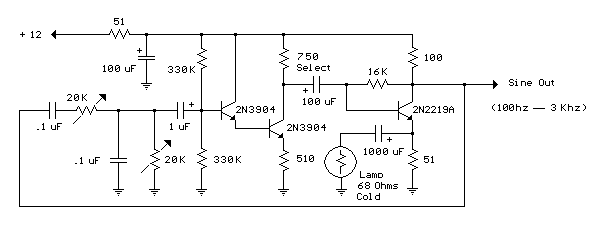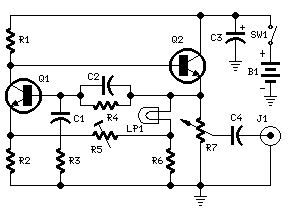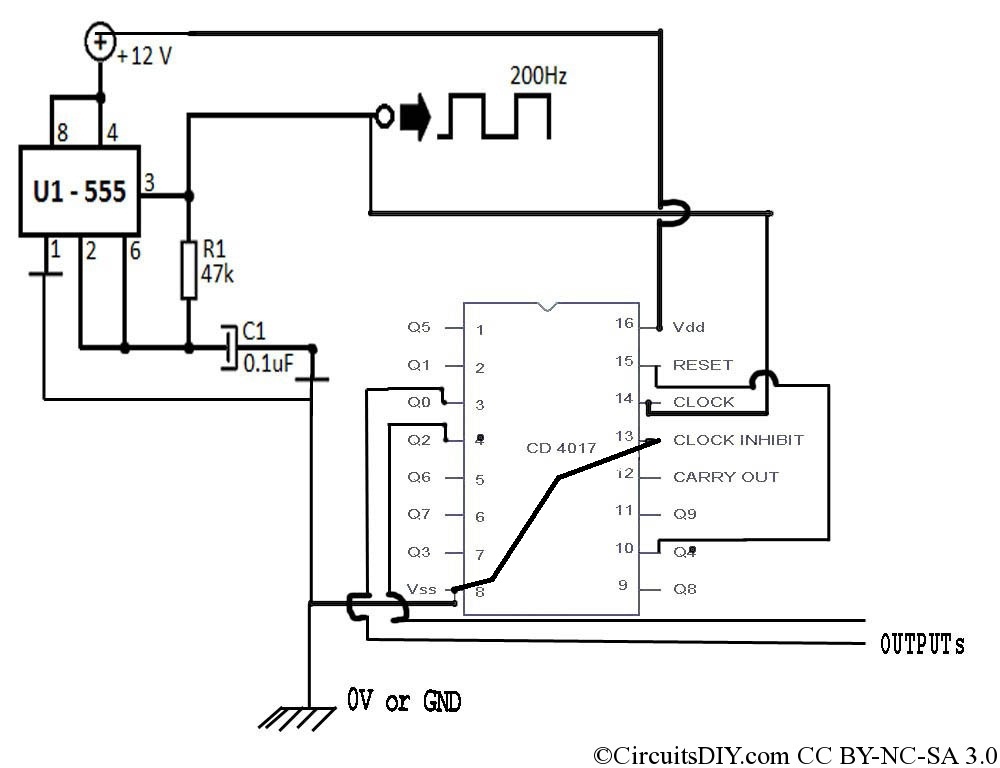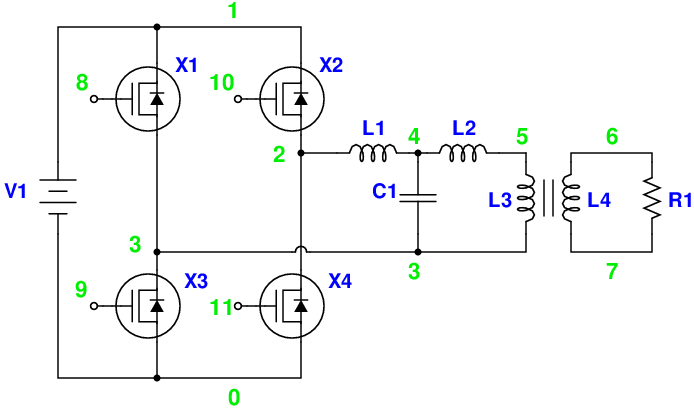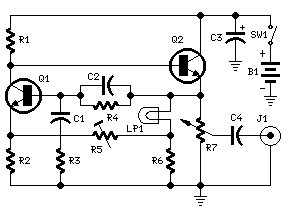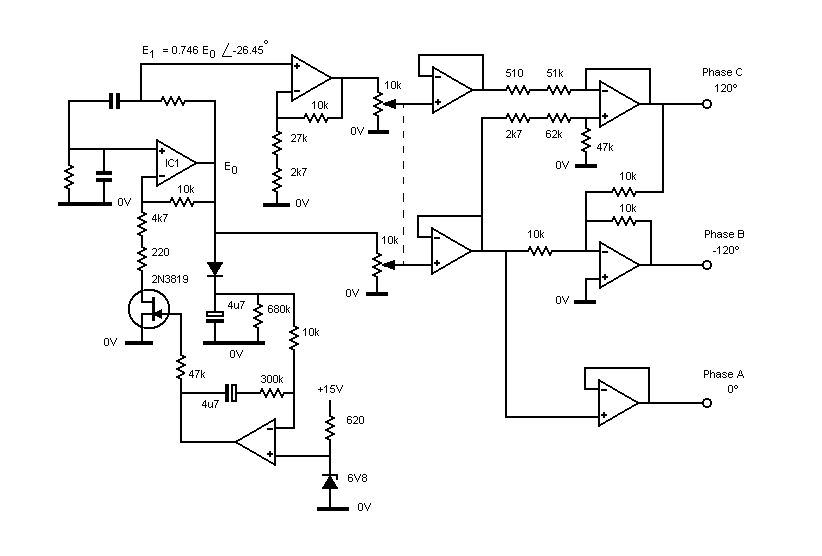
sinewave
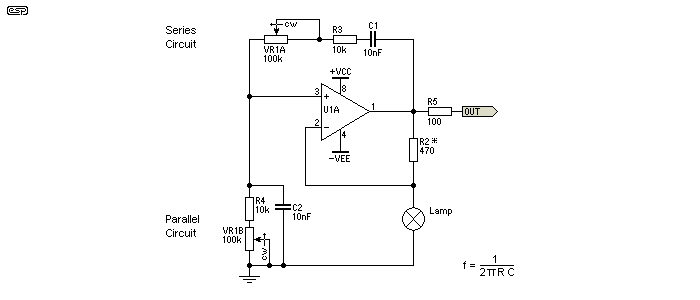
ESP - Sinewave generation principles. While this should be a simple enough exercise, it isn't, and this article explains why.
Sinewave generation is a fundamental aspect of various electronic applications, including signal processing, power generation, and communication systems. The principles of generating a sinewave can be approached through several methods, each with its unique characteristics and challenges.
One common method for sinewave generation is the use of oscillators, such as the Wien bridge oscillator or the phase-shift oscillator. These circuits typically utilize operational amplifiers (op-amps) to create a feedback loop that sustains oscillations at a specific frequency. The Wien bridge oscillator, for instance, employs a combination of resistors and capacitors to set the frequency of oscillation, while the feedback mechanism ensures that the output waveform is a sinewave.
Another approach involves the use of digital signal processors (DSPs) or microcontrollers, which can generate sinewaves through mathematical algorithms. By employing techniques such as direct digital synthesis (DDS), these devices can produce high-precision sinewaves with adjustable frequency and amplitude. This method is particularly advantageous in applications requiring precise control over signal parameters.
Furthermore, sinewave generation can also be achieved using analog methods, such as using a function generator or a signal generator, which can produce various waveforms, including sinewaves, with adjustable frequency and amplitude settings. These devices often incorporate internal circuits designed to shape the output waveform accurately.
Challenges in sinewave generation may arise from factors such as distortion, noise, and frequency stability. Distortion can occur due to non-linearities in the circuit components, while noise can affect the purity of the sinewave. Ensuring frequency stability is also crucial, especially in applications where timing is critical.
In summary, while sinewave generation may appear straightforward, it involves a range of techniques and considerations that can complicate the process. Understanding these principles is essential for designing effective electronic systems that rely on sinewave signals.ESP - Sinewave generation principles. While this should be a simple enough exercise, it isn`t, and this article explains why.. 🔗 External reference
Sinewave generation is a fundamental aspect of various electronic applications, including signal processing, power generation, and communication systems. The principles of generating a sinewave can be approached through several methods, each with its unique characteristics and challenges.
One common method for sinewave generation is the use of oscillators, such as the Wien bridge oscillator or the phase-shift oscillator. These circuits typically utilize operational amplifiers (op-amps) to create a feedback loop that sustains oscillations at a specific frequency. The Wien bridge oscillator, for instance, employs a combination of resistors and capacitors to set the frequency of oscillation, while the feedback mechanism ensures that the output waveform is a sinewave.
Another approach involves the use of digital signal processors (DSPs) or microcontrollers, which can generate sinewaves through mathematical algorithms. By employing techniques such as direct digital synthesis (DDS), these devices can produce high-precision sinewaves with adjustable frequency and amplitude. This method is particularly advantageous in applications requiring precise control over signal parameters.
Furthermore, sinewave generation can also be achieved using analog methods, such as using a function generator or a signal generator, which can produce various waveforms, including sinewaves, with adjustable frequency and amplitude settings. These devices often incorporate internal circuits designed to shape the output waveform accurately.
Challenges in sinewave generation may arise from factors such as distortion, noise, and frequency stability. Distortion can occur due to non-linearities in the circuit components, while noise can affect the purity of the sinewave. Ensuring frequency stability is also crucial, especially in applications where timing is critical.
In summary, while sinewave generation may appear straightforward, it involves a range of techniques and considerations that can complicate the process. Understanding these principles is essential for designing effective electronic systems that rely on sinewave signals.ESP - Sinewave generation principles. While this should be a simple enough exercise, it isn`t, and this article explains why.. 🔗 External reference
